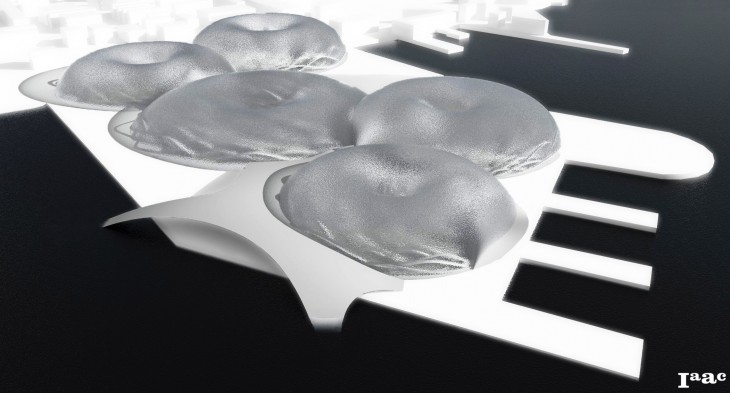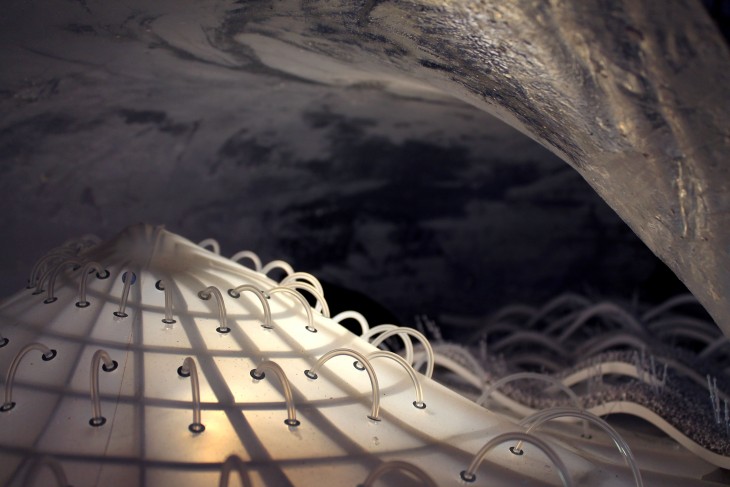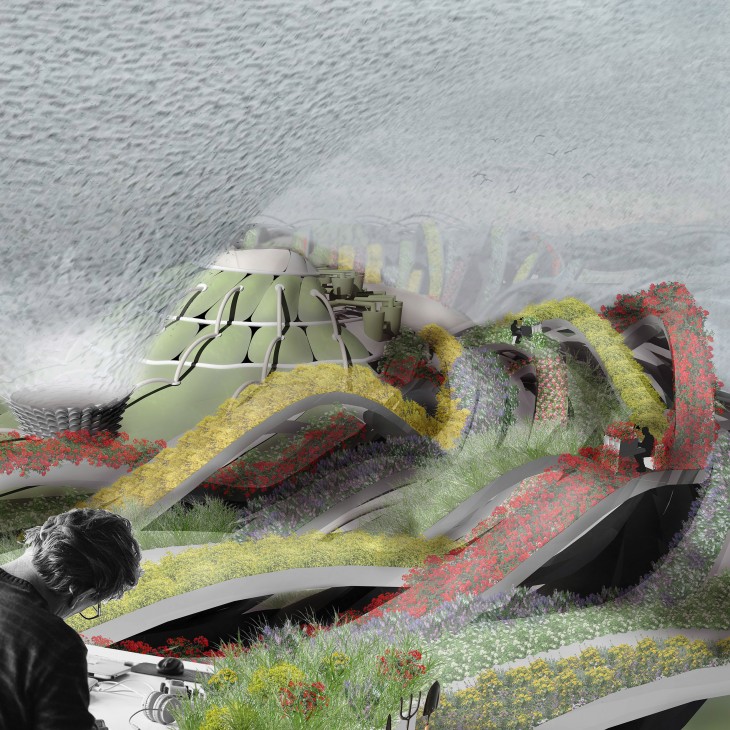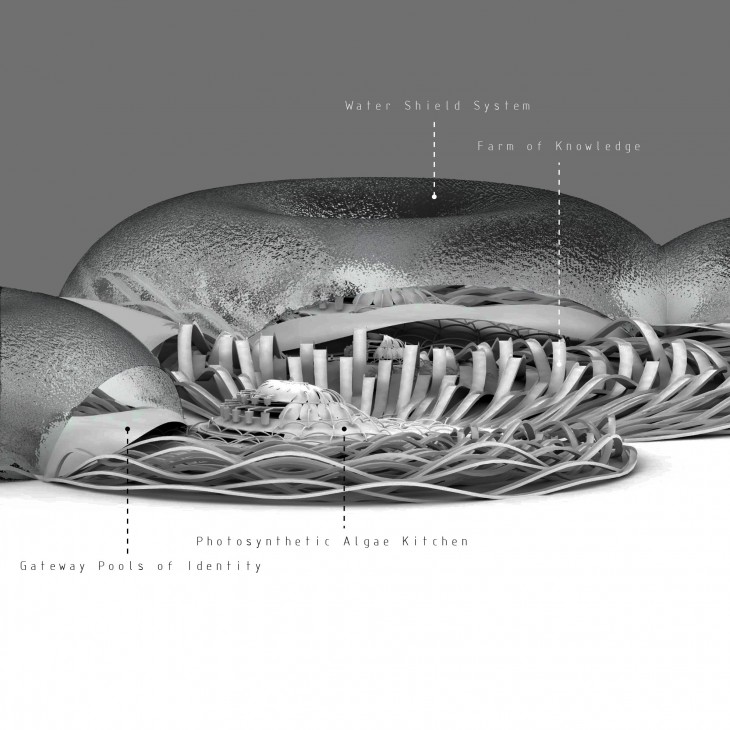
Five domes, four systems. One Unified Educational Strategy.

A major financial center in southern China and one of the busiest container ports in the world, Shenzhen is considered the gateway into mainland China from Hong Kong and the rest of the world. Urbanization, as one of the prime barometers of progress, is a mixed blessing for most cities. Unfortunately, health standards are deplorably deficient, mostly due to pollution and mismanagement of waste and industrial debris. In the case of Shenzhen, the whole project is a response to these challenges of development and a search for identity verily watered down by modernization.
One of the primary difficulties in assessing the benefits of progress and economic development or any culture is that of establishing a meaningful measure of both benefit and disadvantages.
China’s economic policies during last three decades have been centered around high and fast grow rates, not taking in account the impact of such a quick and oil-based industrial development. Nowadays, It is one of the most heavy-polluted country in the world, and even considering efforts in sustainable planning in last years, locals ecosystems are about to collapse. Uncontaminated drinkable water is rare to find, and in some cases public water quality is below minimum standards. The lack of water treatment facilities, heavy use of pesticides and intensive agriculture, and uncontrolled industrial waste disposal are between the main causes of heavy water contamination.
Air pollution is deeply influenced by coal based electricity production and traffic. Air quality in some part of the country reaches alarming levels in some periods of the year. This is due also to local environmental conditions. Lack of wind combined to high humidity conditions let pollutants concentration rises. Shenzhen, like most cosmopolitan cities compounded by the challenges of having a harbor, the drawbacks include air and water pollution and how to manage it in the name of progress and development.
The 21st century is the century of Asia, and the Asian city. A large segment of the world population will be living in urban centers around the world and the biggest of these centers are in South and South East Asia. Solutions generated by the design of the built and virtual environments play a vital role not only in improving the quality of life in these decaying urban centers, but in resurrecting them into happy, healthy, efficient and resilient places for living.
It has therefore been a pressing objective of the whole master plan of Shenzhen to find strategies that will answer to the challenge of working against contamination, freeing the water resources of oil, and preparing these basic elements for safe use of the inhabitants of the campus. Water treatment procedures are to be applied to desalinate seawater and remove physical and chemical impurities, and in the process of shooting up the water which form the domes, also PMs or particulate matter in the air are eliminated from the atmosphere underneath the domes.

Conceptual Model showing, inside of the water dome, algae kitchen and farm-belts
?Strategies
The master plan is a response to a current need of our times: with humanity’s demand for energy in support of its activities, there is a need to put forward the most excellent design solutions, that are research-based, process-driven, user-empathetic and pro-active. This would provoke constant challenges to the status quo and push more innovations and solutions as society continues to change.

Four systems
The four conduits of solutions are the followings:
- Gateways, pools of Identity creates the atmosphere, encouraging learning by exposure and emphasis.
- Water Shields which pave the way for air and water quality management. Link to blog post
- Farm of Knowledge, which connects studies and plant growth rhythm, for an emphatic learning.
- The Kitchen, which proposes an organically triggered economy, which is more sustainable and less hazardous to nature. Link to blog post

IAAC, Self Sufficient Buildings.
Department of Molecular Architecture is a project of IaaC, Institute for Advanced Architecture of Catalonia developed at Master in Advanced Architecture, MAA01 in 2016 by:
Students:
- Thora H Arnardottir
- Fulvio Brunetti
- Maria Cynthia Funk
- Mercedes Swiecicki
Faculty:
- Enric Ruiz-Geli
- Mireia Luzarraga Alvarez